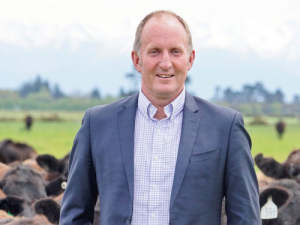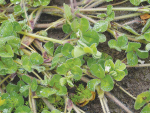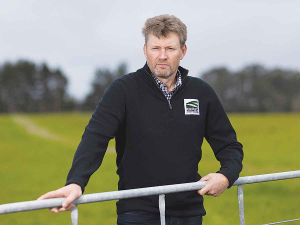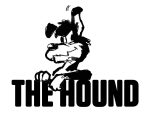Beef producers have agreed to pay an extra levy to fund the sector’s costs of the Mycoplasma bovis response.
The extra will be $1.80 head, on top of the $5.80 they already pay to Beef + Lamb NZ (BLNZ) in commodity levies. They agreed this with BLNZ in talks in May and June.
BLNZ says 59% of the 1601 farmers who gave feedback supported its proposals, which include an initial levy rate of $1.80/head for beef cattle.
Farmers also approved different rates for different stock classes, so that dairy cattle could be exempt from the ‘beef cattle’ levy.
“The ability to levy different rates for different classes of cattle reflects our commodity levy,” a BLNZ spokesman told Rural News. “In the specific case of the M. bovis it will allow us to set the levy rate for dairy cattle at $0.00/head.”
The dairy cattle exemption is needed because dairy farmers’ payments towards the response will be captured in a separate levy to Dairy NZ.
“The model used to develop the cost shares [for the M. bovis response] loaded all the potential costs to the dairy sector onto milk,” BLNZ explained.
The total cost of the M. bovis response is expected to be $870 million over 10 years. The Government will cover 68%, the industry 32%. Of that 32%, 94% ($272m) will come from dairy and 6% ($17.4m) from beef.
“Farmers have told us they recognise the importance of the M. bovis response and the need for the beef cattle industry to play its part,” BLNZ chairman Andrew Morrison says.
“BLNZ needs to have a seat at the table to ensure beef farmers’ views are heard. We are working MPI and DairyNZ to... have the best possible chance to eradicate the disease.”
Morrison also reminded farmers of their ongoing biosecurity obligations. Their laxness on NAIT scheme is blamed for some problems in tackling the M. bovis out-break. “We need the help of all farmers and industry to be successful.”
BLNZ is expecting to raise almost $3 million a year from the new levy.
“We would expect this initially as we paid for the intensive first phase of M. bovis eradication,” BLNZ told Rural News.
“Based on what we know now, this would then drop to about half that after four years and further as the [response cost fell].
BLNZ forsees the new levy quickly repaying its M.bovis response costs.
“[As agreed between] DairyNZ, B+LNZ and MPI we have five years to repay costs from the time they were incurred. It will take us three-four years to catch up with costs incurred to date. Beyond that we expect to repay costs in the same year as they are incurred for the duration of the response.”
Levy might stay
The new biosecurity levy may not be dropped once BLNZ’s share of M. bovis response costs are paid.
This would be contrary to farmers’ expectations.
“We expect at this stage [that the new biosecurity levy would be dropped]. But the levy is broader than just M. bovis and so may be used to fund contributions to future readiness activities or responses,” BLNZ told Rural News.
Subject to the agriculture minister approving the new levy, – and the legal work needed from then, BLNZ expects the new levy to be in place in late 2019.



















